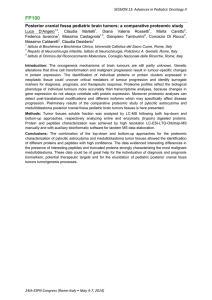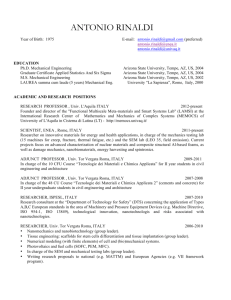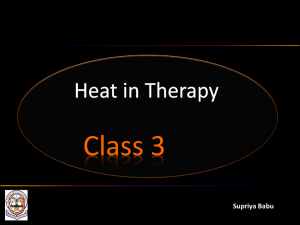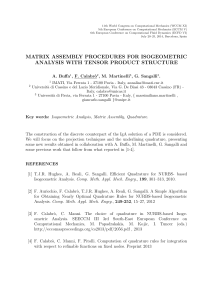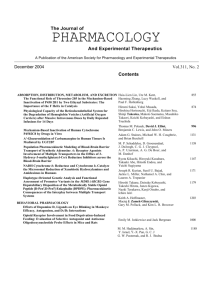Document 12858932
advertisement
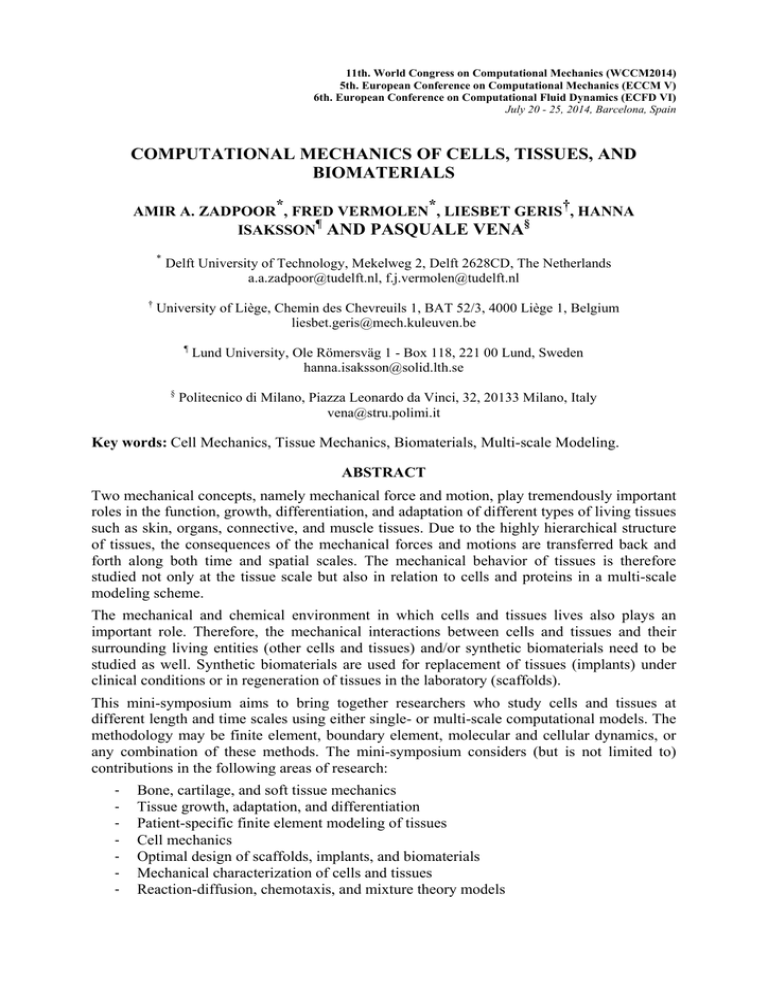
11th. World Congress on Computational Mechanics (WCCM2014) 5th. European Conference on Computational Mechanics (ECCM V) 6th. European Conference on Computational Fluid Dynamics (ECFD VI) July 20 - 25, 2014, Barcelona, Spain COMPUTATIONAL MECHANICS OF CELLS, TISSUES, AND BIOMATERIALS AMIR A. ZADPOOR*, FRED VERMOLEN*, LIESBET GERIS†, HANNA ¶ § ISAKSSON AND PASQUALE VENA * † Delft University of Technology, Mekelweg 2, Delft 2628CD, The Netherlands a.a.zadpoor@tudelft.nl, f.j.vermolen@tudelft.nl University of Liège, Chemin des Chevreuils 1, BAT 52/3, 4000 Liège 1, Belgium liesbet.geris@mech.kuleuven.be ¶ § Lund University, Ole Römersväg 1 - Box 118, 221 00 Lund, Sweden hanna.isaksson@solid.lth.se Politecnico di Milano, Piazza Leonardo da Vinci, 32, 20133 Milano, Italy vena@stru.polimi.it Key words: Cell Mechanics, Tissue Mechanics, Biomaterials, Multi-scale Modeling. ABSTRACT Two mechanical concepts, namely mechanical force and motion, play tremendously important roles in the function, growth, differentiation, and adaptation of different types of living tissues such as skin, organs, connective, and muscle tissues. Due to the highly hierarchical structure of tissues, the consequences of the mechanical forces and motions are transferred back and forth along both time and spatial scales. The mechanical behavior of tissues is therefore studied not only at the tissue scale but also in relation to cells and proteins in a multi-scale modeling scheme. The mechanical and chemical environment in which cells and tissues lives also plays an important role. Therefore, the mechanical interactions between cells and tissues and their surrounding living entities (other cells and tissues) and/or synthetic biomaterials need to be studied as well. Synthetic biomaterials are used for replacement of tissues (implants) under clinical conditions or in regeneration of tissues in the laboratory (scaffolds). This mini-symposium aims to bring together researchers who study cells and tissues at different length and time scales using either single- or multi-scale computational models. The methodology may be finite element, boundary element, molecular and cellular dynamics, or any combination of these methods. The mini-symposium considers (but is not limited to) contributions in the following areas of research: ‐ ‐ ‐ ‐ ‐ ‐ ‐ Bone, cartilage, and soft tissue mechanics Tissue growth, adaptation, and differentiation Patient-specific finite element modeling of tissues Cell mechanics Optimal design of scaffolds, implants, and biomaterials Mechanical characterization of cells and tissues Reaction-diffusion, chemotaxis, and mixture theory models
